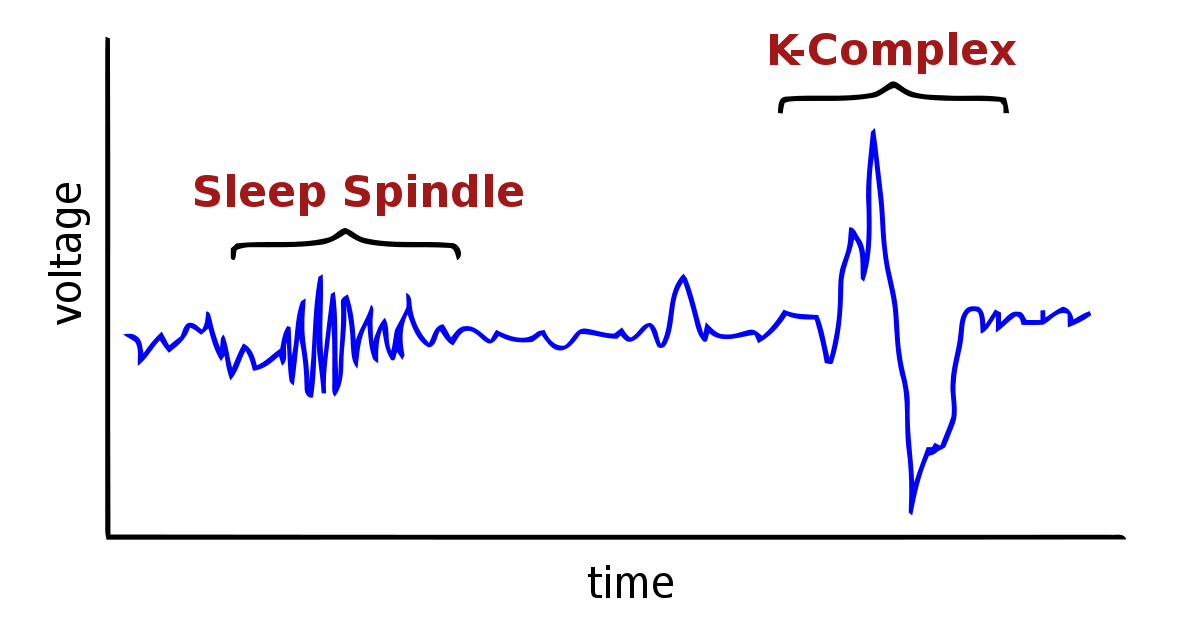Answer: The Morris water maze is a rodent behavioral test designed to assess the spatial navigational skill and memory of rats.
The ability to remember landmarks and use them to help orient yourself in a location is an evolutionary older set of skills that might be essential for survival. For example, think of animals that used to forage for food. An organism that could remember the stimuli associated with a source of nutritious food (the physical appearance of the location, or the sounds associated with the area) and the memory to return to these areas would have a strong evolutionary advantage over those that did not. Alternatively, an organism that found a hiding spot safe from predators would benefit if they returned to that hiding spot.
These types of spatial navigational skills in combination with memory relies on a variety of brain areas and neurotransmitter signals. These mechanisms may be injured by various diseases, or altered by drug exposure, for example. Therefore, it is useful to develop an animal model for assessing these skills.
The Morris water is a simple behavioral test that can be used for testing navigation and memory in rats. The Morris water maze consists of a pool of water that is too deep for the mouse or rat to stand, so they must swim to stay afloat. The pool itself can be up to 6 feet in diameter. Somewhere in this pool is a block on which they can stand in order to prevent them from swimming: when standing on the block, they will be above the level of the water. It is always preferable for the mouse or rat to stand on the block. However, the water in the pool is opaque, so that they are unable to see the block. Instead, they swim around randomly on the first trial until they unintentionally discover the platform.
In the room surrounding the Morris water maze, visual stimuli are present which allows the organisms to roughly identify their location in the pool. For example, they might observe that the platform is close to a large triangle. They can then use this memory to return to the large triangle on subsequent exposures to the Morris water maze, since they know the platform is hidden in this area.
The time it takes to find this block is recorded (latency to exit) as well as the total distance traveled. Shorter latency and less distance traveled indicates that the subject remembered where the block was located.
The major advantage of using the Morris water maze compared to a more traditional maze on land is the water's ability to mask odors and any interference from previous trails that may have been left by a past navigation. These odorant trails can introduce a confounding variable by unintentionally testing different sets of navigational skills, such as olfactory based learning.
Experiments using the Morris water maze
Ability to remember the location of the hidden platform is dependent on the activity of the hippocampus. For example, by lesioning the hippocampus, the animal has a difficult time finding the platform even after multiple training sessions (The effect of a caudal hippocampus lesion on learning in a Morris water maze in Bank Voles (Clethrionomys glareolus)). Furthermore, temporary inactivation of the hippocampal complex by lidocaine reduces the amount of time in the correct quadrant of the Morris water maze (Reversible hippocampal lesions disrupt water maze performance during both recent and remote memory tests)
Performance on the Morris water maze is dependent on plasticity and learning. This was first demonstrated in a 1992 study that had the rats performing the Morris water maze while D-AP5 was in their system, delivered via osmotic minipump. D-AP5 is a known inhibitor of the NMDA type glutamate receptor, which is implicated in long term potentiation, believed to be the site of memory storage. The control rats eventually learned how to reach the platform with a low latency, however the rats who were treated with D-AP5 took longer to reach the platform and traveled farther, indicating they did not develop the memories for finding the exit (The NMDA receptor antagonist D-2-amino-5-phosphonopentanoate (D-AP5) impairs spatial learning and LTP in vivo at intracerebral concentrations comparable to those that block LTP in vitro.)
Performance on the Morris water maze is sensitive to amyloid beta levels, a marker for Alzheimer’s disease in human patients. For example, in mice with APP23, they show an elevated level of amyloid beta. When treated with valproic acid, these amyloid plaques accumulate less, and the treatment decreases latency to find the platform, indicating an improvement in the spatial memory of the subjects (Valproic acid inhibits Abeta production, neuritic plaque formation, and behavioral deficits in Alzheimer's disease mouse models).
This experimental paradigm was developed by Richard Morris in 1984.









